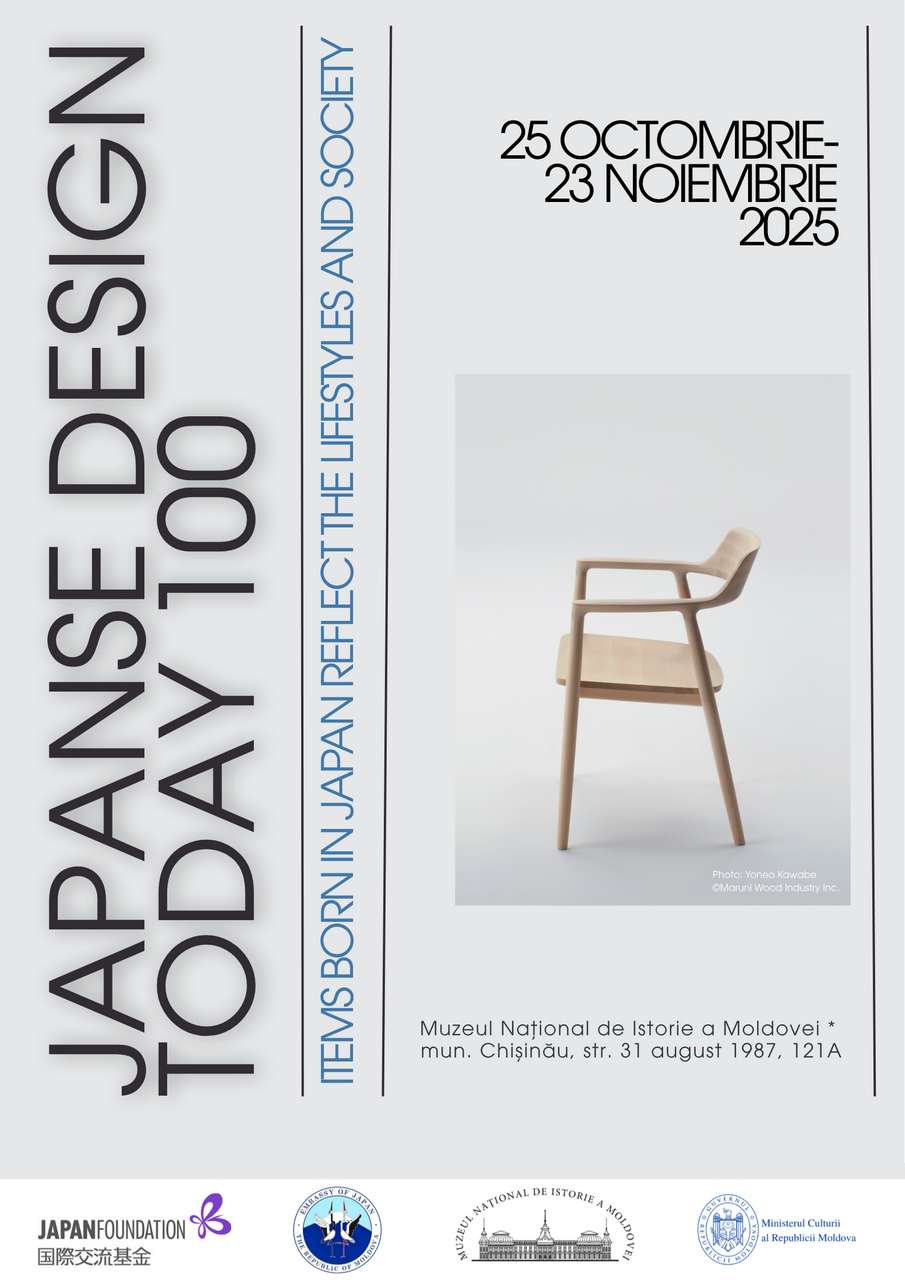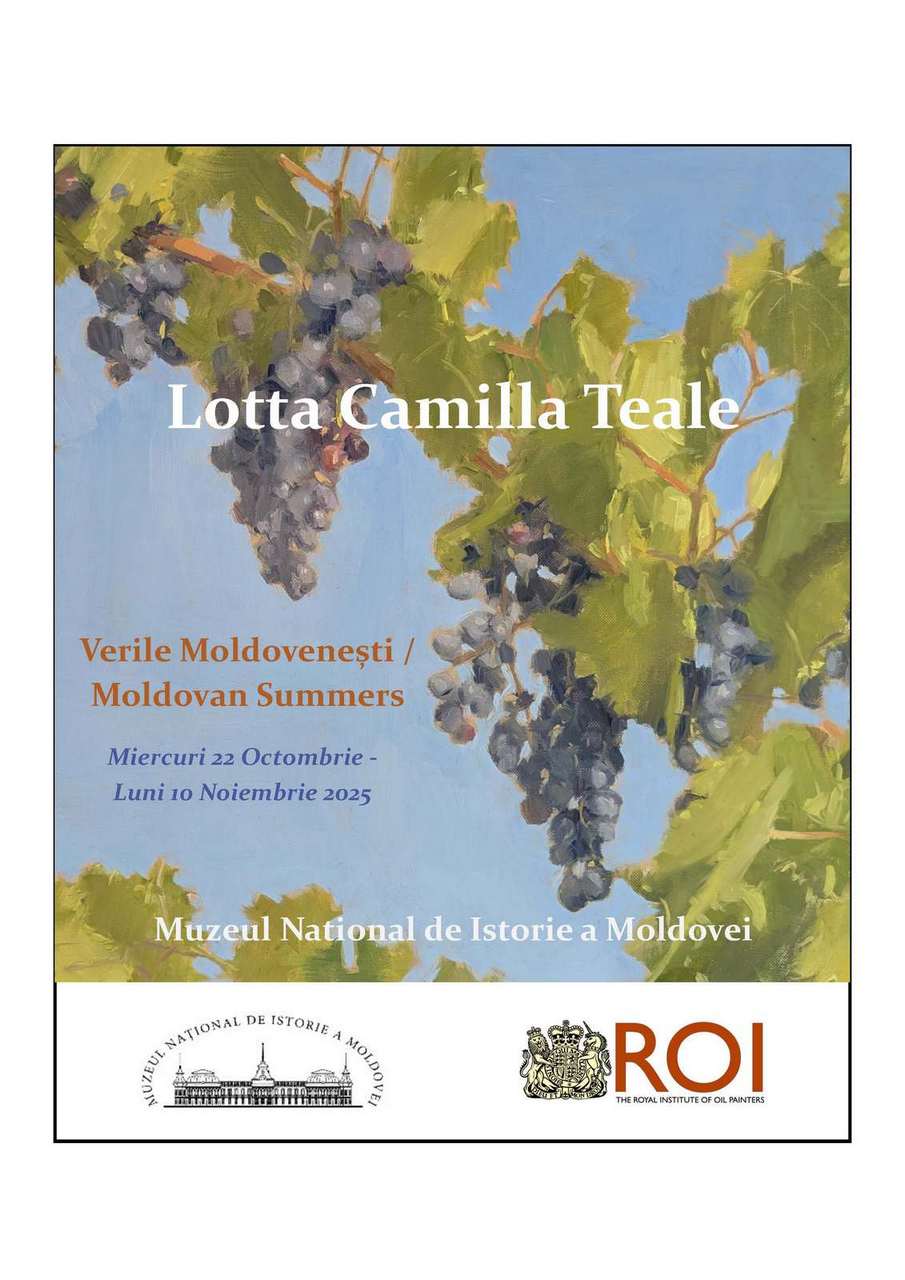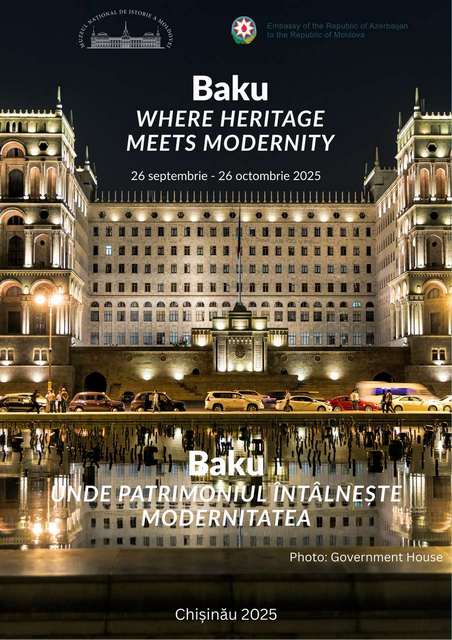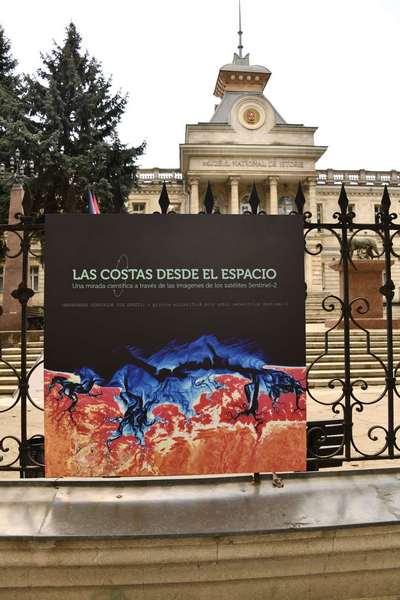  Events Archive Events Archive
DAY OF REMEMBRANCE FOR VICTIMS OF STALINISM
July 5-6, 2022
From July 5 to July 6, 2022, a series of events dedicated to July 6, the Day of Remembrance for Victims of Stalinism, was held at the National Museum of History of Moldova. On July 5, 2022, the Scientific-Practical Conference "Memory of Stalinist deportations and repressions: practices, problems and prospects of museum exploration" took place. The event brought together representatives of the museum community, along with historians, anthropologists, philologists and lawyers concerned with museumification the memory of Stalinist deportations and repressions from the perspective of responsibilities, roles and challenges facing museums in presenting the totalitarian-communist past of the Moldavian SSR.
On July 6, 2022, in the Blue Room of the National Museum of History of Moldova, a memorial event "Gulag Stories" was held with the participation of victims of deportations and political repressions, representatives of the younger generation, the media and civil society. The opening event was attended by the Consul of the Republic of Lithuania in the Republic of Moldova, Egle Broznelene, who spoke about bilateral projects implemented in the field of recovery and historical development of the memory of the victims of the totalitarian-communist regime and joint activities to form a European culture of memory.
As part of the commemorative events, the presentation of the animated short film "Mâța Fără Nume" took place. The film was made by Ghenadie Popescu based on the testimonies of survivors of the Stalinist repressions and is dedicated to the memory of the victims of deportation from the Moldavian SSR. The project was supported by the National Center for Cinematography in cooperation with the National Museum of History of Moldova, the Impact-Plus Production House and the HomoDiversus Association. The commemorative actions were accompanied by the opening of the photo-documentary exhibition "Testimonies from the Gulag. Memory of the victims of the totalitarian-communist regime". The exhibition was elaborated by Virgiuliu Bîrlădeanu, Ludmila D. Cojocaru, Elena Postică and others within the project "Memory culture for societies in the process of democratic transformation: promoting good practices between Lithuania and the Republic of Moldova", with the support of the Program for the Promotion of Democracy and Cooperation for Development of the Ministry of Foreign Affairs of the Republic of Lithuania. The exhibition can be visited until July 25, 2022.
|
 31 August 1989 St., 121 A, MD 2012, Chisinau, Republic of Moldova
31 August 1989 St., 121 A, MD 2012, Chisinau, Republic of Moldova



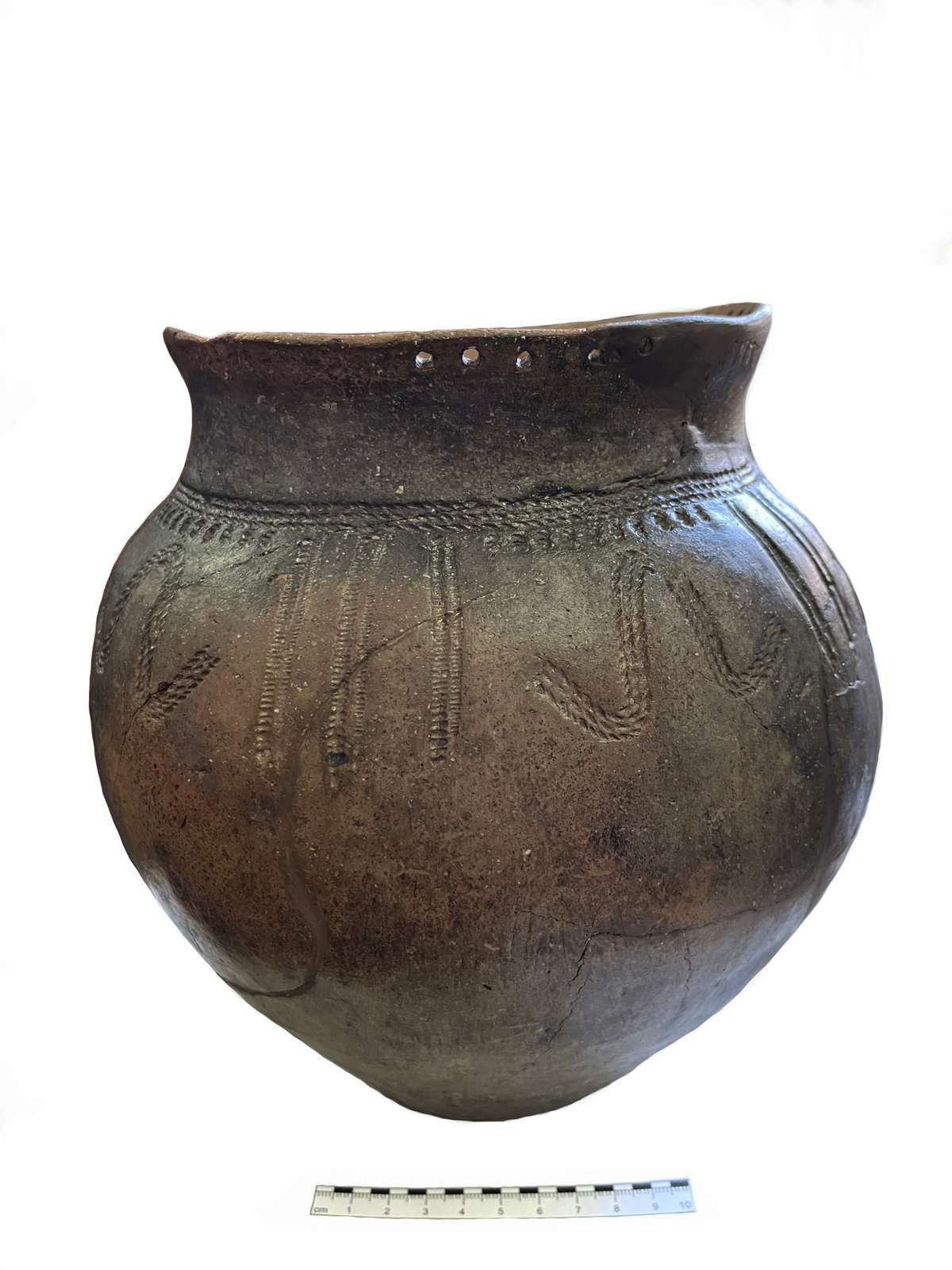
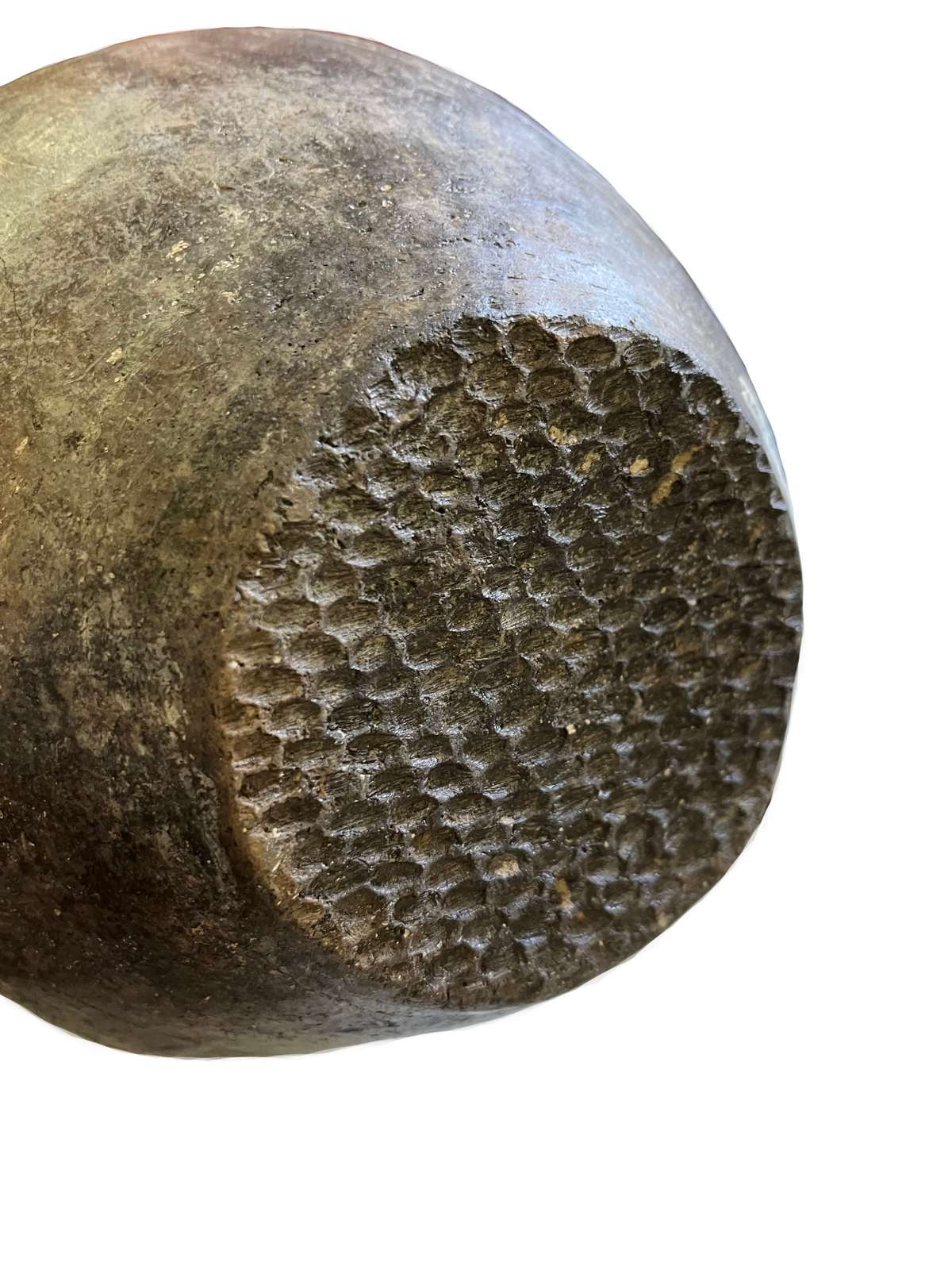




.JPG)
.jpg)
.JPG)
.JPG)
.JPG)
.jpg)
1%20(1).JPG)
1%20(2).JPG)
1%20(3).JPG)
1%20(4).JPG)
1%20(5).JPG)





.JPG)
.JPG)
.JPG)
.JPG)



























